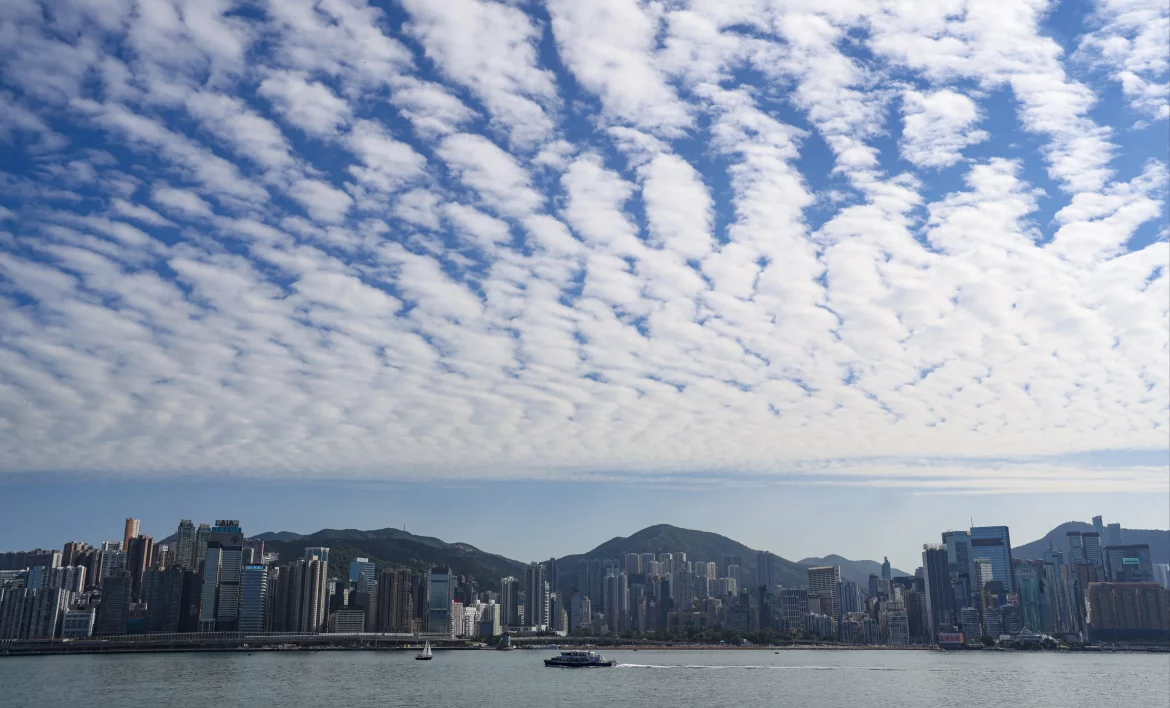The Hong Kong Environmental Protection Department has said that air quality registered a steady improvement in 2022, with the average concentrations of fine suspended particles dropping by more than half since 2013.
Hong Kong’s overall air quality in 2022 complied broadly with Hong Kong’s Air Quality Objectives, with the annual average concentrations of respirable suspended particulates (PM10), fine suspended particulates (PM2.5), nitrogen dioxide (NO2) and sulphur dioxide (SO2) reduced by 43 per cent to 62 per cent from 2013, the EPD was quoted as saying in a statement.
“In the same period, the annual average pollutants concentrations at the roadside have been reduced by 47 per cent to 64 per cent,” according to the statement. “The number of hours of reduced visibility in Hong Kong has been greatly reduced by 74 per cent from its peak in 2004,”.
The EPD also said that the annual average concentration of ozone also gradually turned steady in the past few years.
Read also: EPA announces $1 billion for new hazardous waste cleanups
However, an EPD spokesman assured the relatively high levels of nitrogen oxides recorded in Kwun Tong, Causeway Bay and Kwai Chung will go down with the government’s continued implementation of air quality improvement measures under the Hong Kong Roadmap on Popularisation of Electric Vehicles, Clean Air Plan for Hong Kong 2035 and Hong Kong’s Climate Action Plan 2050.
“Local NOx emissions will be further reduced and the overall air quality in Hong Kong will improve continuously,” he was quoted as saying.
Meanwhile, the governments of Guangdong and the Hong Kong and Macao special administrative regions are conducting a three-year joint study on “Characterization of photochemical ozone formation, regional and super-regional transportation in the Greater Bay Area (GBA)” to better understand the origin of ozone formation and its transportation characteristics as parts of efforts to combat the regional ozone issue.
The Hong Kong SAR and Guangdong governments have also completed a study on post-2020 regional air pollutant emission reduction targets and concentration levels and will jointly combat the regional ozone problem to further improve air quality in the Pearl River Delta Region.
The HKSAR government is planning to set up a supersite for the GBA air quality laboratory and meteorology monitoring in Hong Kong. The supersite will be equipped with world-class advanced equipment to further enhance Hong Kong’s regional air pollution monitoring and forecasting capability, according to the statement.
Story was adapted from Reuters.
